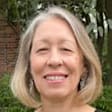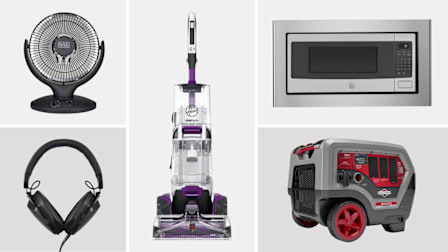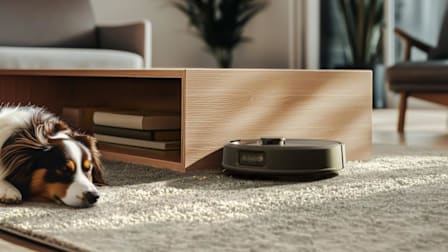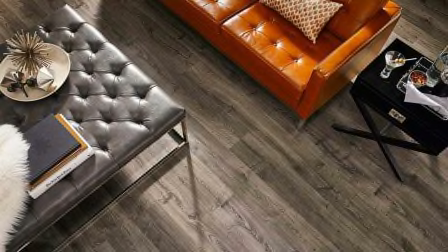Most Durable Flooring for High-Traffic Areas in Your Home
Our tests reveal the laminate, porcelain, and vinyl floors that hold up the best against scratches and dents
When you shop through retailer links on our site, we may earn affiliate commissions. 100% of the fees we collect are used to support our nonprofit mission. Learn more.

In the past, choosing the right flooring meant a compromise between looks and durability. But with improvements in laminate, porcelain tile, and vinyl, that’s no longer the case.
- Most Durable Flooring: Laminate Porcelain Tile Vinyl
- What Type of Flooring Is the Most Durable?
Most Durable Laminate Flooring
Laminate flooring can resemble almost anything: stone, tile, or wood. That’s because it’s composed of a photograph sandwiched between a dense fiberboard base and a clear plastic protective top layer. But the repetitive patterns of laminate boards can betray their fakeness. If you’re worried that lower-cost laminate and vinyl will look fake, our experts say to mix up planks from different boxes as you lay them down. That helps to break up a repetitive pattern.
Because laminate is sealed with a tough wear layer, it’s extremely durable. But a potential downside is that you’ll have to replace the flooring once its top layer has worn through because it can’t be sanded like refinished wood.
Most Durable Porcelain Tile Flooring
A classic flooring material, tile resists wear, moisture, scratches, and stains—and new designs are great imposters, able to convincingly stand in for wood. But installing porcelain tile can be challenging, and poor installation can lead to cracks, so it might be best to hire a professional.
These porcelain tile choices boast impressive resistance to foot traffic, scratches, water spills, and flooding, as well as ultraviolet light from the sun. (The other colors of these products will perform similarly.)
Most Durable Vinyl Flooring
This type of flooring is especially good at fending off wear, dents, scratches, discoloration from sunlight, and stains, making it appropriate for high-traffic areas. It’s relatively easy to install as tiles or planks and comes in a wide array of colors and design choices. Premium brands can resemble stone, tile, and even wood. But even the best of these products fail to look like the real thing up close.
What Type of Flooring Is the Most Durable?
Generally, wood and engineered wood—that is, layers of plywood and other materials topped with a thin slice of real hardwood veneer and a protective coating—don’t stand up well in high-traffic areas.
When faced with the abrasion machine in Consumer Reports’ surface-wear tests—a stand-in for the abuse of high-traffic areas—most of the prefinished solid-wood and engineered-wood products in our evaluations received only a satisfactory or less-than-satisfactory rating.
The unimpressive performance of prefinished solid wood is due in part to the upper “wear layer”—polyurethane, for instance—that manufacturers apply to floorboards. When Consumer Reports tests these two wood flooring types, the resulting wear is visible more quickly than for other types of flooring.
Our top-performing flooring products in laminate and porcelain tile, and most top-performing vinyls, get superlative ratings not just for resisting foot traffic but also stains and sunlight. But regardless of the material, daily sweeping and regular maintenance are essential to maintaining the integrity of a floor’s finish.
Now, however, the holy grail of flooring—the look of wood plus the strength of tile—is a reality. Porcelain tile, a relatively new flooring type, doesn’t have the “give” of a new wood floor, but as far as appearance, it’s a pretty good facsimile. Consumer Reports’ tests found that it’s tough enough to hold up in highly trafficked areas like hallways, kitchens, and basement dens.
“Tile is the highest-rated flooring among the categories we test,” Wang says. “It doesn’t wear out, scratch, or stain. Its color doesn’t fade, it’s waterproof, and it’s surprisingly slip-resistant, even when wet. Porcelain tile is the best choice for bathrooms, mudrooms, laundry rooms—and probably kitchens.” Why the qualifier for kitchens? “It may crack when something heavy is dropped on it,” Wang says. Tile floors are also unforgiving when it comes to dropped glassware or dishes.
































